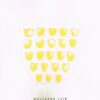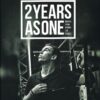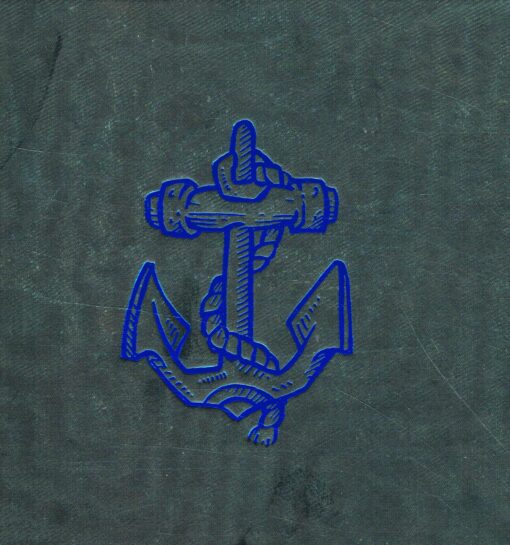Henk Schiffmacher
Anchor
Vol. 4
€ 15,00 Oorspronkelijke prijs was: € 15,00.€ 7,90Huidige prijs is: € 7,90.
Literally a metal device that prevents a ship or boat from drifting, the anchor came to represent a sailor’s last resort in stormy weather, a symbol of well-grounded hope. In early Christianity, hope was an anchor for the soul, as Christ was an anchor in life. The anchor as a synonym for steadfastness, strength, tranquility, and faithfulness: all these qualities help us to weather the storms of life. This is the fourth volume in a series of publications dealing with major themes in tattoo art. They feature a superb selection of images covering the art and history of Western electric tattooing that are hand picked from the Schiffmacher Collection. These high quality, collectible publications elaborate on themes that can be admired, will inspire and educate, and be a source of tattoo motifs and designs.
Gerelateerde producten
kunst

Henk Schiffmacher
Good Luck
Good Luck tattoos are frequently worn by those who really need them: people you would not always call winners. Dices, eight-balls clover leaves, playing-cards, horse shoes: we use all of these symbols to appeal to lucky forces. And if they don't help, at least you can say: you can't win if you don't play. This is the second volume in a series of publications dealing with major themes in tattoo art. They feature a superb selection of images covering the art and history of Western electric tattooing that are hand picked from the Schiffmacher Collection. These high quality, collectible publications elaborate on themes that can be admired, will inspire and educate, and be a source of tattoo motifs and designs. ATM Publishinggeb - 128 blz
kunst
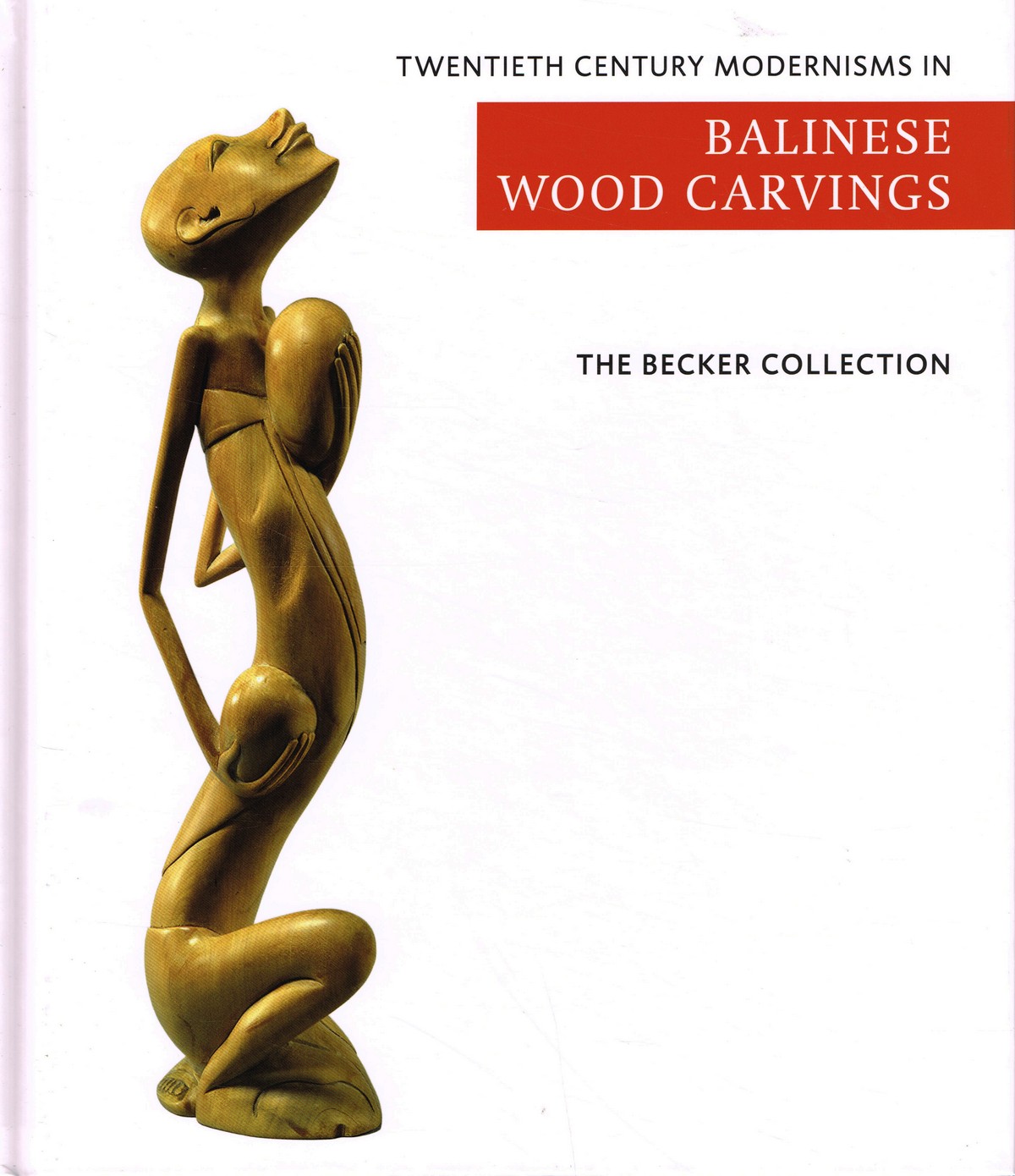
Ton & Mies Becker
Twentieth Century Modernisms in Balinese Wood Carvings
'The Becker Collection - Twentieth century modernisms in Balinese wood carving' contains the private collection of twentieth century ?modern style? Balinese wood carvings, collected by Ton and Mies Becker, both retired medical specialists and collectors of Asian art. Between the 8th and 10th century Hindu influences spread to Bali and blended into the exiting Balinese mix of animistic and Buddhist styles and subjects, known as Bali Aga. Hence, in due time the craftsmen obtained the subjects for their works from the Hindu-Balinese religion and their heroes and demons from famous Hindu epics. This particular style became known in the Western art world as the ?Traditional or Old Balinese style?. In the 20th century the arts and crafts scene in Bali changed completely. First because of Western artist who visited Bali and stayed on to work there and, second, because of the gradual influx of increasing numbers of foreign tourists. In addition the Dutch colonial government started a military campaign to control the powerful kingdoms of central and southern Bali. As a result the local craftsmen lost their royal support and soon realized that foreign tourists were not particularly interested in gods and heroes. Hence, stimulated by some of the Western artists who had settled in Bali, they turned to secular subjects taken from nature and everyday life and became more impressionistic in the execution. This led to a range of new styles, often impressionistic and sometimes even minimalistic and caricatural with bizarre elongated shapes or solid compact forms. In this book we are concerned with this particular type of 20th century ?Modern Style? Balinese wood carving. The catalogue contains 40 objects of ?modern style? wood carving, representing different styles. Each object is photographed, both as an overview and in details if so requested. A brief description of each object is provided, together with the estimated date, and additional information is provided if considered useful. The catalogue is preceded by an essay on the history of Balinese wood carving. Van Spijkgeb - 144 blz
kunst
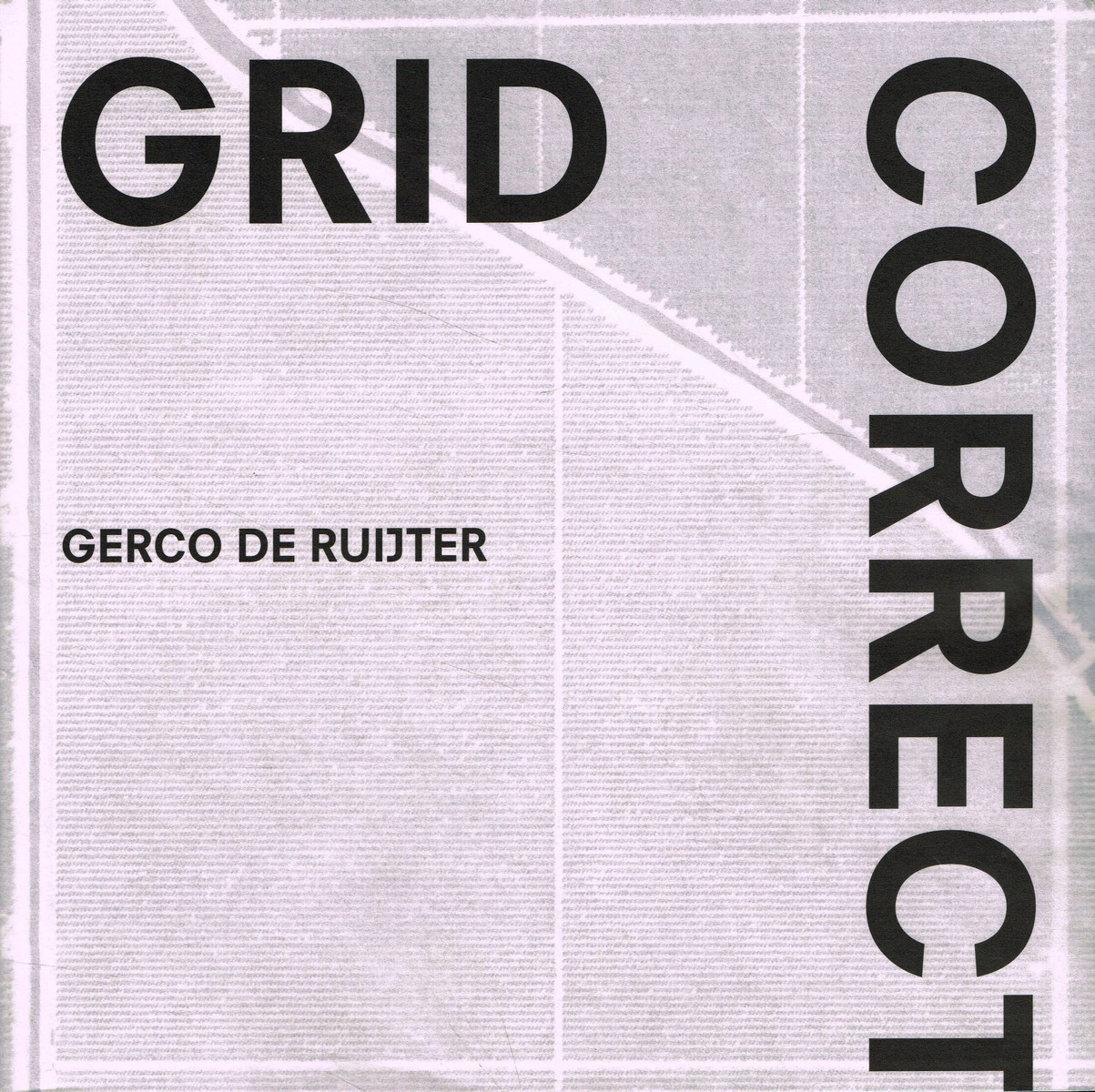
Gerco de Ruijter
Grid Corrections
For English please see below Het Public Land Survey System, ofwel het Jefferson Grid, is het systeem waarmee landmeters eind achttiende eeuw het midden en Westen van de Verenigde Staten in keurige vierkanten verdeelden van exact één bij één mijl. Maar omdat de aarde rond is, liepen de lijnen naar het noorden taps toe. Daarom moest het raster gecorrigeerd worden: grid corrections brachten om de 20 mijl theorie en praktijk weer bij elkaar. Toen vlieger- en luchtfotograaf Gerco de Ruijter tijdens een residentie in Wichita (Kansas) in 2016 over deze kaarsrechte stofwegen reed, kwam hij ze tegen: kleine knikjes en T-kruisingen in het verder volkomen geometrische wegennet. Doordat de verspringingen in het raster steeds variëren, ontstaat een veelvormige en dynamische reeks van beelden die vervreemdt en verwondert. De Ruijter speurde met behulp van Google Earth duizenden van deze correcties op: ondergesneeuwd of uitgedroogd, in steden en woestijnen, door alle seizoenen heen. 'Grid Correct' toont een selectie van ruim 250 van deze grid corrections, gekozen en vormgegeven door Gerco de Ruijter en grafisch vormgever Irma Boom. Begeleid door een tekst van schrijver Peter Delpeut vormt dit bijzonder vormgegeven boek een kunstwerk en monument ineen, getuigenis van de menselijke drang om het landschap in te richten en de vele manieren waarop de natuur daarop reageert. -- The Public Land Survey System or Jefferson Grid is the system with which surveyors divided the middle and west of the United States into neat squares of exactly one by one mile in the late eighteenth century. But because the earth is round, the lines tapered to the north. Therefore the grid had to be corrected: every 20 miles, grid corrections brought theory and practice back together. When pilot and aerial photographer Gerco de Ruijter drove along these dead straight dust roads during a residency in Wichita (Kansas) in 2016, he came across them: small bends and T-junctions in an otherwise completely geometric road network. The grid corrections are all different and therefore create a multiform and dynamic series of images that alienates and amazes. With the help of Google Earth, De Ruijter looked up thousands of these corrections: snowed under or dried up, in cities and in deserts, throughout the seasons. 'Grid Correct' presents a selection of over 150 grid corrections, selected and designed by Gerco de Ruijter and graphic designer Irma Boom. Accompanied by a text by writer Peter Delpeut, this exceptionally designed book is a work of art and monument in one, a testimony to the human urge to design the landscape and the many ways in which nature responds to that urge. Tweetalig boek Engels en Nederlands nai010pap - 452 blz
kunst
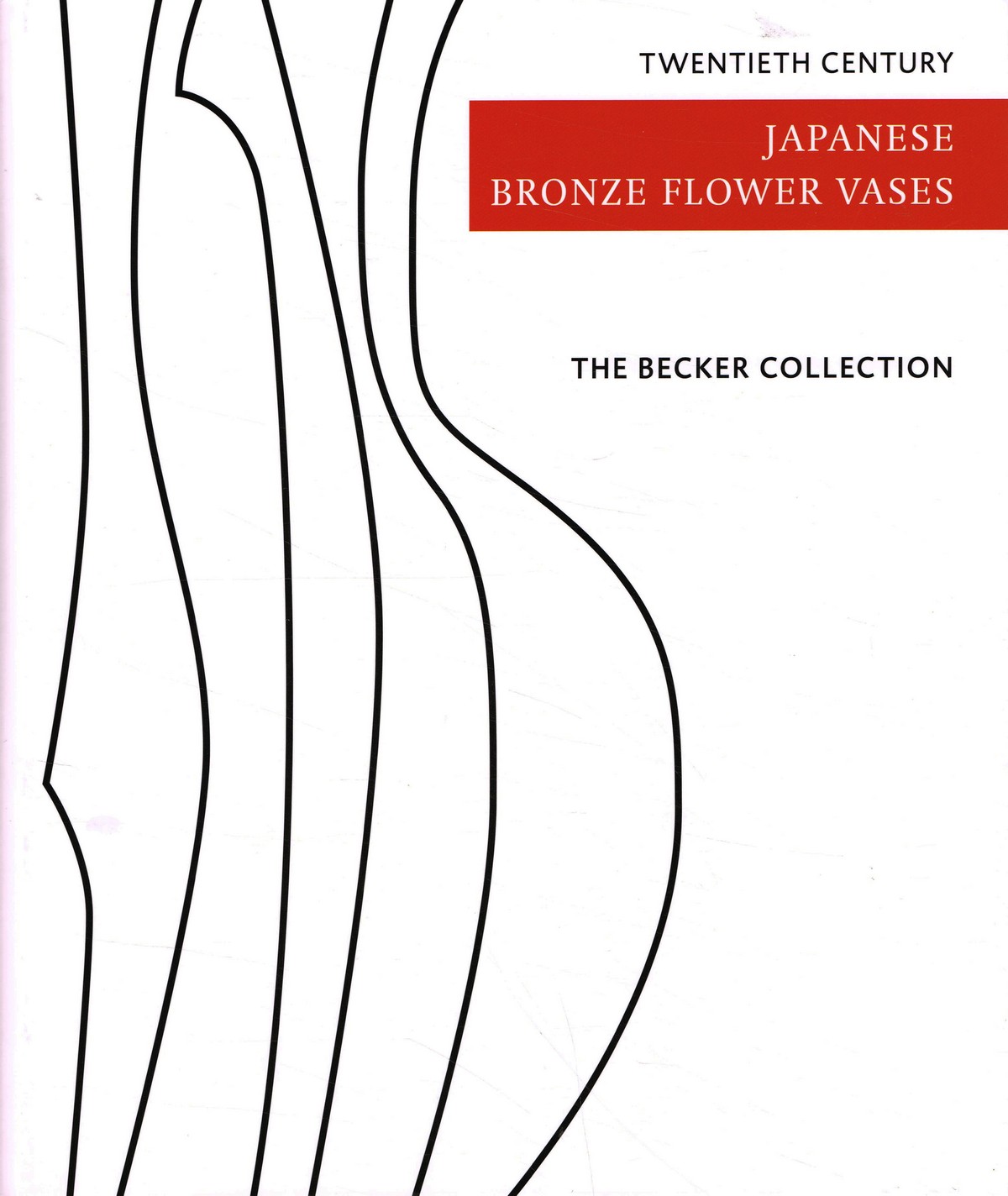
Ton & Mies Becker
Twentieth Century Japanese Bronze Flower Vases
'The Becker Collection - Twentieth century Japanese bronze flower vases' contains the private collection of twentieth century bronze flower vases compiled by Ton and Mies Becker, both retired medical specialists van collectors of Asian art. With the introduction of Buddhism in Japan in the sixth century, bronze containers for flowers to be placed on the altar became important religious objects. In the fifteenth century the Buddhist monk Senno Ikenobô founded the art of flower arranging, which started what nowadays is known as ikebana, the traditional Japanes way of floral art. Presently only the Ikenobô ikebana school still uses bronze flower vases, while all other ikebana schools use other materials like ceramics and bamboo. Following the Meije restauration (1868-1912) the Japanese art world was confronted with Western art styles, in particular the Art Deco movement. The twentieth century flower vases in this collection show a variety in shape and style, in part based on traditional Buddhist temple style vases and in part on the streamlined and geometrical style of the Art Deco movement, albeit often with a distinct 'Japanese touch'. A few introductory essays provide some background information about 'bronzes in Japanese culture', 'the patination of flower bronzes' and 'the tomobako (storage box)'. The catalogue of the vases is arranged according to the bronze worker and presented in alphabetical order in the traditional Japanese way, i.e. the family name first, followed by the given name. All vases are shown together with their tomobako -if available- and with their signature or seal. Brief biographical data are included once available. Van Spijkgeb - 168 blz
